Home>Furniture & Design>Outdoor Furniture>What Is The Best Material For Outdoor Signs


Outdoor Furniture
What Is The Best Material For Outdoor Signs
Published: January 14, 2024
Discover the best material for outdoor signs and enhance your outdoor furniture, design, and decor. Explore durable and weather-resistant options for long-lasting outdoor signage.
(Many of the links in this article redirect to a specific reviewed product. Your purchase of these products through affiliate links helps to generate commission for Storables.com, at no extra cost. Learn more)
Introduction
Creating effective outdoor signs is essential for businesses and organizations looking to attract attention, convey messages, and establish a strong brand presence. The choice of materials for outdoor signs plays a pivotal role in determining their durability, visual appeal, and overall effectiveness. Whether it's for advertising, wayfinding, or branding purposes, selecting the right material is crucial for ensuring that outdoor signs withstand environmental elements while maintaining their aesthetic appeal.
In this comprehensive guide, we will delve into the various factors to consider when choosing outdoor sign materials, explore the most popular options available, and provide insights to help you make informed decisions. By understanding the characteristics and benefits of different materials, you can select the most suitable option to meet your specific signage needs. Let's embark on this journey to uncover the best material for outdoor signs and discover how it can elevate your brand presence and messaging in outdoor spaces.
Key Takeaways:
- Choose outdoor sign materials based on weather resistance, durability, visibility, maintenance, budget, and environmental impact. Materials like aluminum, acrylic, wood, vinyl, and corrugated plastic offer unique benefits for different signage needs.
- The best material for outdoor signs balances durability, visual appeal, and cost-effectiveness while aligning with the brand’s identity and environmental considerations. Thoughtful choices create enduring signage that captures attention and conveys messages effectively.
Read more: What Kind Of Paint Is Best For Outdoor Signs
Factors to Consider When Choosing Outdoor Sign Materials
When selecting materials for outdoor signs, several crucial factors should be taken into account to ensure that the signs effectively fulfill their intended purpose while withstanding outdoor conditions. Consider the following key factors:
- Weather Resistance: Outdoor signs are exposed to various weather conditions, including sunlight, rain, snow, and wind. It’s essential to choose materials that can endure these elements without deteriorating, fading, or warping over time.
- Durability: The longevity of outdoor signs is paramount. Materials should be able to withstand prolonged exposure to outdoor elements, resist corrosion, and maintain their structural integrity.
- Visibility and Legibility: The chosen material should support high-quality graphics and text, ensuring that the sign remains visible and legible from a distance and in varying lighting conditions.
- Maintenance Requirements: Consider the level of maintenance required to keep the outdoor signs in optimal condition. Some materials may demand regular cleaning or protective coatings to preserve their appearance and functionality.
- Budget Considerations: While seeking durable and high-quality materials, it’s important to align the choice with budgetary constraints. Balancing cost-effectiveness with quality is crucial for long-term satisfaction with the outdoor signage investment.
- Environmental Impact: Sustainable and eco-friendly materials are increasingly sought after for outdoor signage. Considering the environmental impact of the chosen materials can align with corporate sustainability goals and appeal to environmentally conscious audiences.
By carefully evaluating these factors, businesses and organizations can make informed decisions when selecting outdoor sign materials, ensuring that the chosen materials align with their specific needs, budget, and environmental considerations.
When choosing a material for outdoor signs, consider using materials like aluminum, acrylic, or PVC. These materials are durable, weather-resistant, and can withstand outdoor elements, making them ideal for outdoor signage.
Popular Outdoor Sign Materials
When it comes to outdoor sign materials, there are several options available, each with its unique characteristics and suitability for different applications. Let’s explore some of the most popular outdoor sign materials:
- Aluminum: Known for its durability and weather resistance, aluminum is a popular choice for outdoor signs. It is lightweight, making it easy to install, and can withstand harsh outdoor conditions without rusting or corroding. Aluminum signs can be powder-coated for added protection and a sleek finish.
- Acrylic: Acrylic, also known as Plexiglas, is valued for its transparency, weather resistance, and versatility. It can be used for various types of outdoor signs, including illuminated signs, directional signs, and more. Acrylic signs offer a modern, high-gloss appearance and can be customized with vibrant graphics.
- Dibond: Dibond, composed of a solid polyethylene core sandwiched between aluminum sheets, is lauded for its rigidity and flatness. It is an excellent choice for outdoor signs requiring stability and a smooth surface for printing graphics and text. Dibond signs are durable and suitable for long-term outdoor use.
- Wood: Wooden signs exude a rustic charm and are ideal for businesses seeking a natural, traditional aesthetic. Cedar, redwood, and other weather-resistant wood species are commonly used for outdoor signs. With proper treatment and sealing, wooden signs can withstand outdoor elements while adding a touch of warmth to their surroundings.
- Vinyl: Vinyl is a versatile material suitable for various outdoor sign applications. It is often used for banners, adhesive graphics, and lettering due to its weather resistance and vibrant color options. Vinyl signs are cost-effective and can be easily customized for temporary or long-term outdoor use.
- Corrugated Plastic: Corrugated plastic, such as Coroplast, is lightweight, cost-effective, and weather-resistant. It is commonly used for temporary outdoor signage, event promotions, and real estate signs. Corrugated plastic signs are easy to install and can withstand outdoor exposure for extended periods.
Each of these materials offers distinct advantages, and the choice depends on factors such as the intended use of the sign, budget considerations, desired aesthetic appeal, and environmental conditions. By understanding the characteristics of these popular outdoor sign materials, businesses and organizations can make informed decisions to create impactful and durable outdoor signage.
Conclusion
Choosing the best material for outdoor signs is a critical decision that directly impacts a business’s visibility, brand image, and communication effectiveness. By considering factors such as weather resistance, durability, visibility, maintenance requirements, budget, and environmental impact, businesses can make informed choices when selecting outdoor sign materials.
While aluminum, acrylic, dibond, wood, vinyl, and corrugated plastic are popular options, the suitability of each material depends on the specific requirements of the outdoor signage project. Whether aiming for a modern, sleek look with aluminum and acrylic or a rustic, natural feel with wood, the chosen material should align with the brand’s identity and the intended message of the signage.
Moreover, advancements in materials technology continue to offer innovative solutions for outdoor signage, including eco-friendly options and enhanced durability features. Businesses can explore these developments to align their outdoor signage with sustainability goals and long-term cost-effectiveness.
Ultimately, the best material for outdoor signs is one that balances durability, visual appeal, and cost-effectiveness while aligning with the brand’s identity and environmental considerations. By making thoughtful and well-informed choices, businesses and organizations can create outdoor signage that effectively captures attention, conveys messages, and withstands the rigors of outdoor environments, contributing to a strong and enduring brand presence.
With a clear understanding of the factors to consider and the characteristics of popular outdoor sign materials, businesses can confidently embark on outdoor signage projects, leveraging the power of impactful and enduring signage to enhance their visibility and engage with their target audience in outdoor spaces.
Frequently Asked Questions about What Is The Best Material For Outdoor Signs
Was this page helpful?
At Storables.com, we guarantee accurate and reliable information. Our content, validated by Expert Board Contributors, is crafted following stringent Editorial Policies. We're committed to providing you with well-researched, expert-backed insights for all your informational needs.
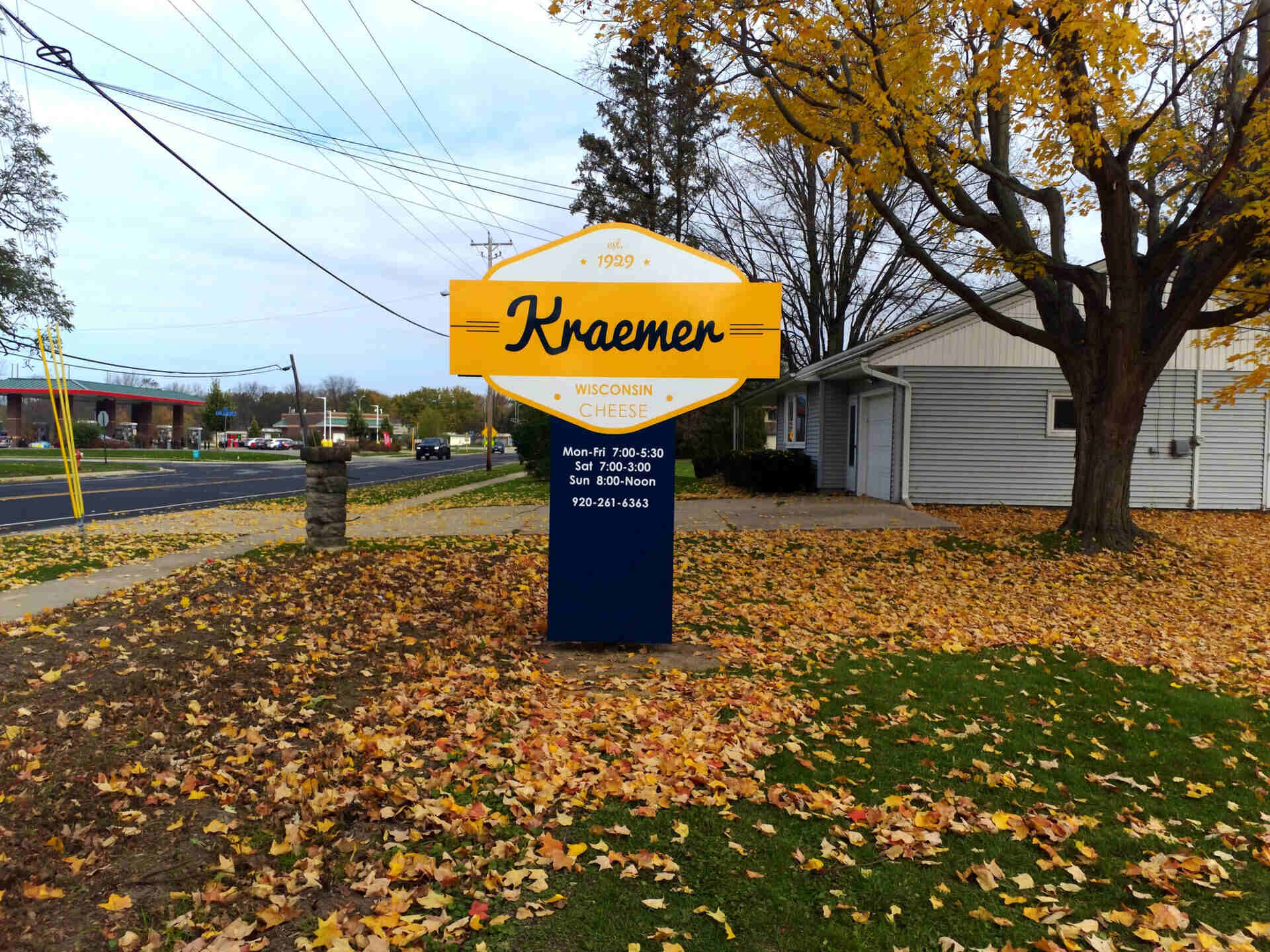

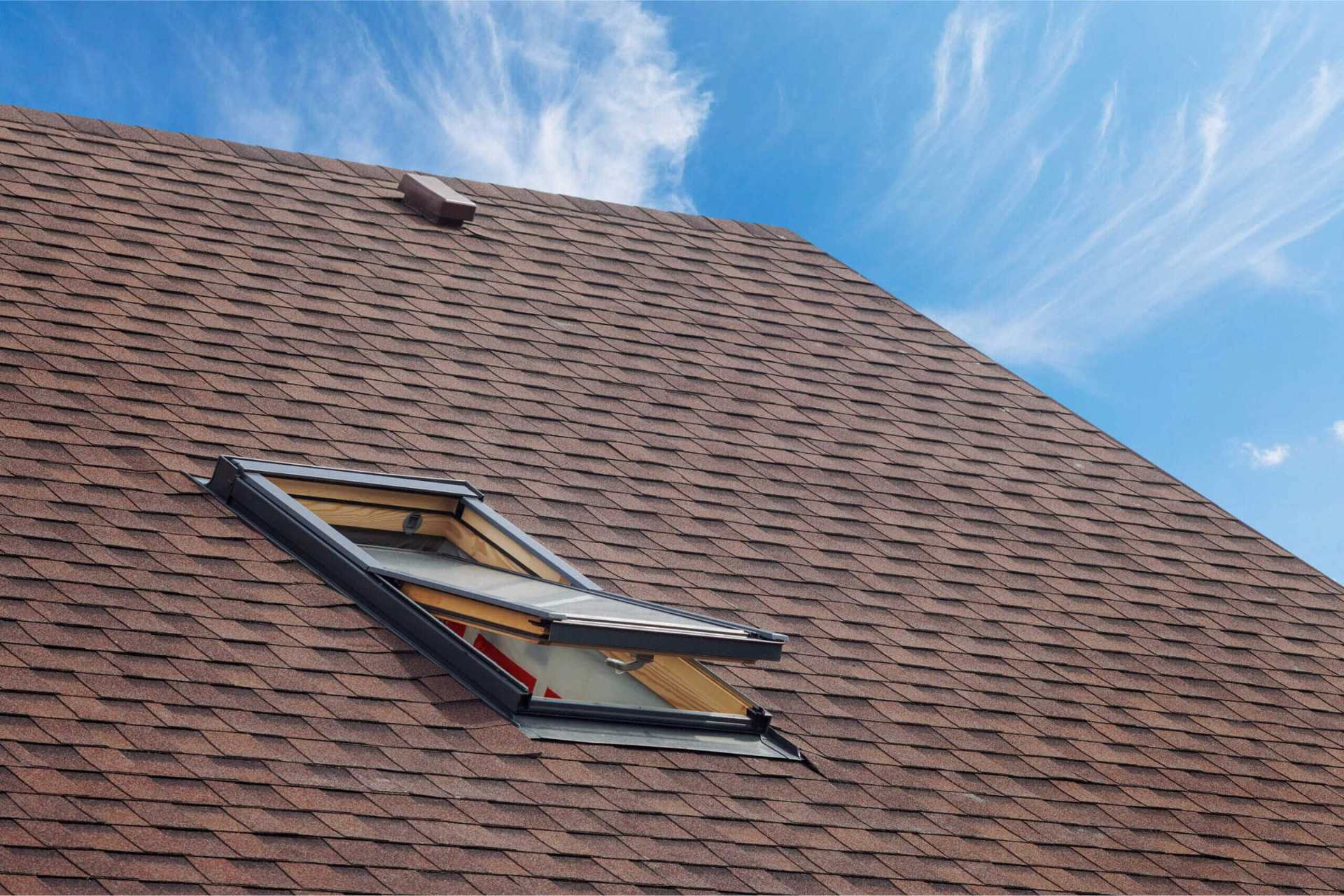
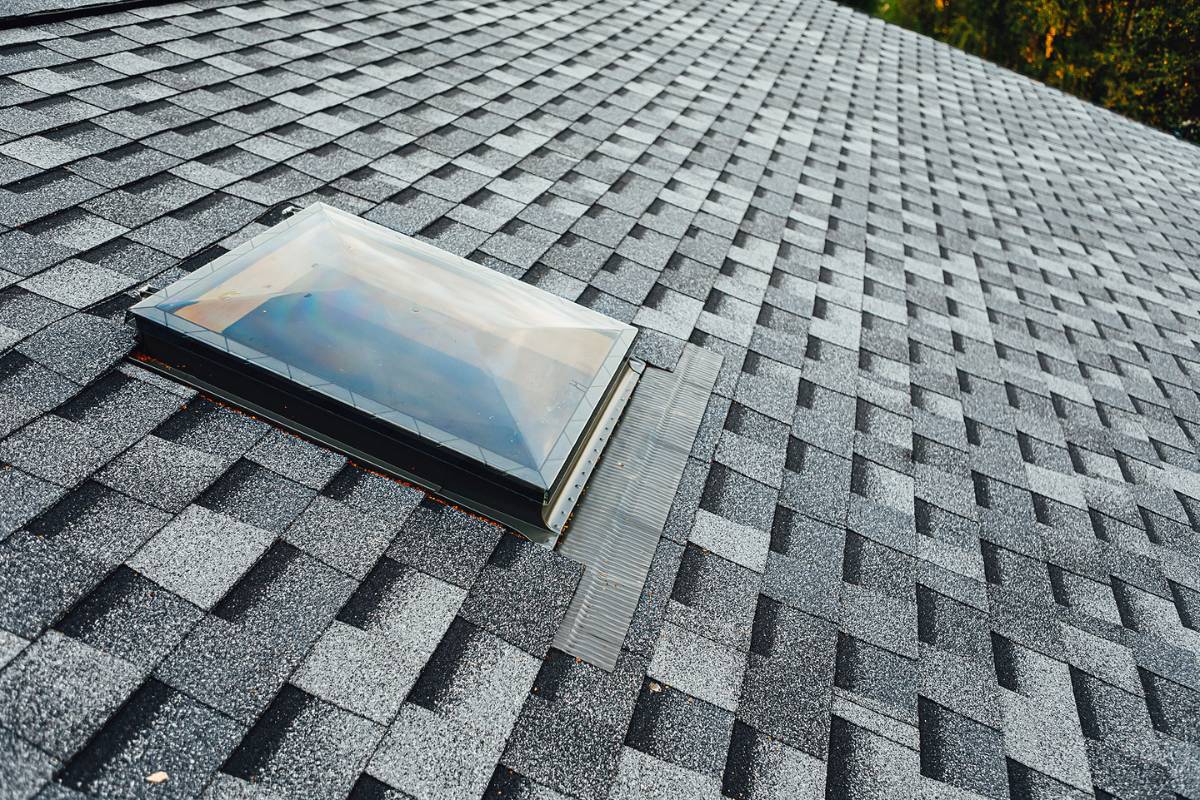
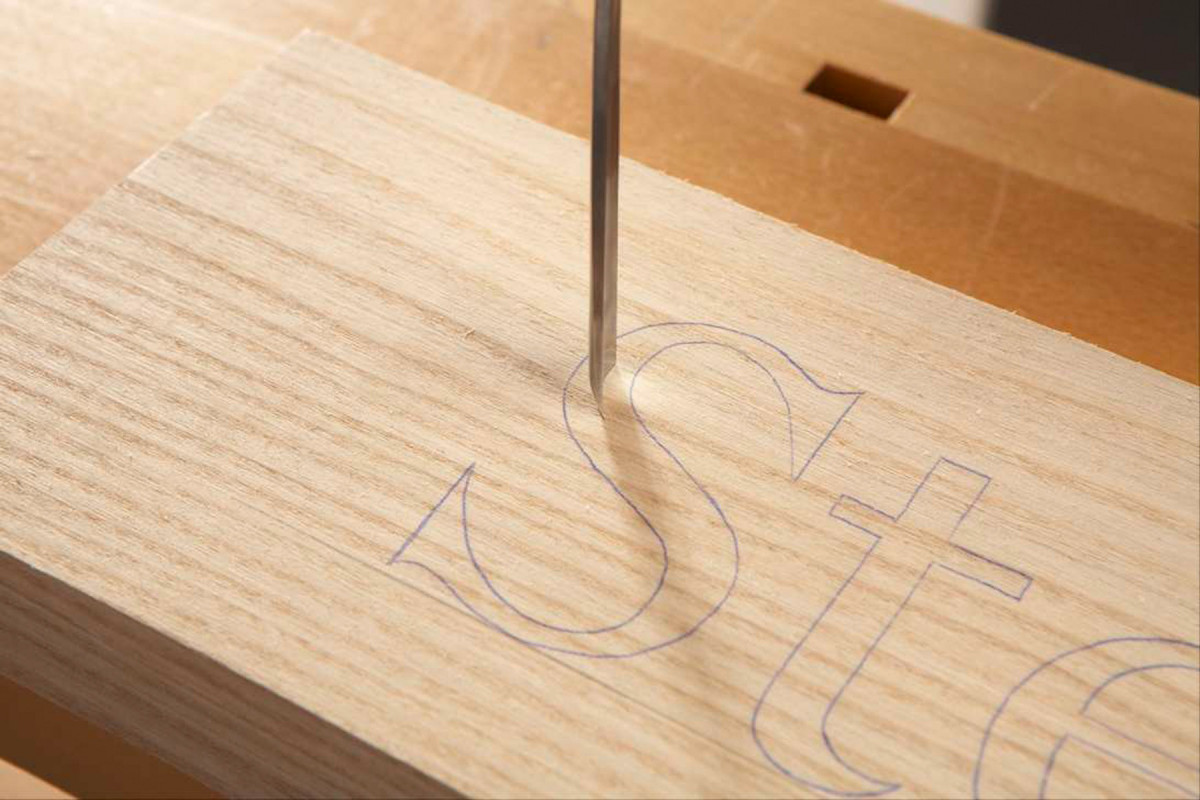
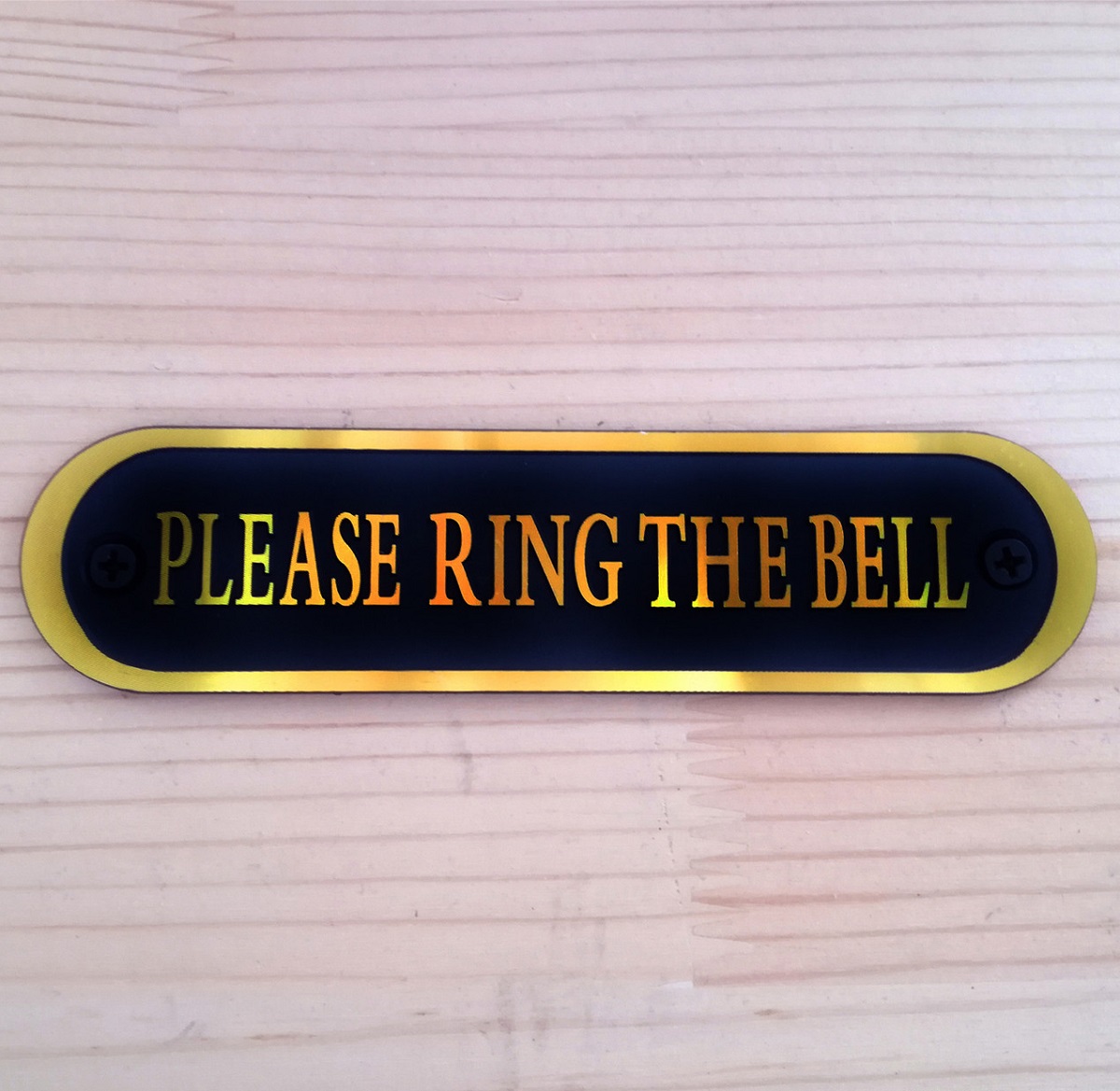
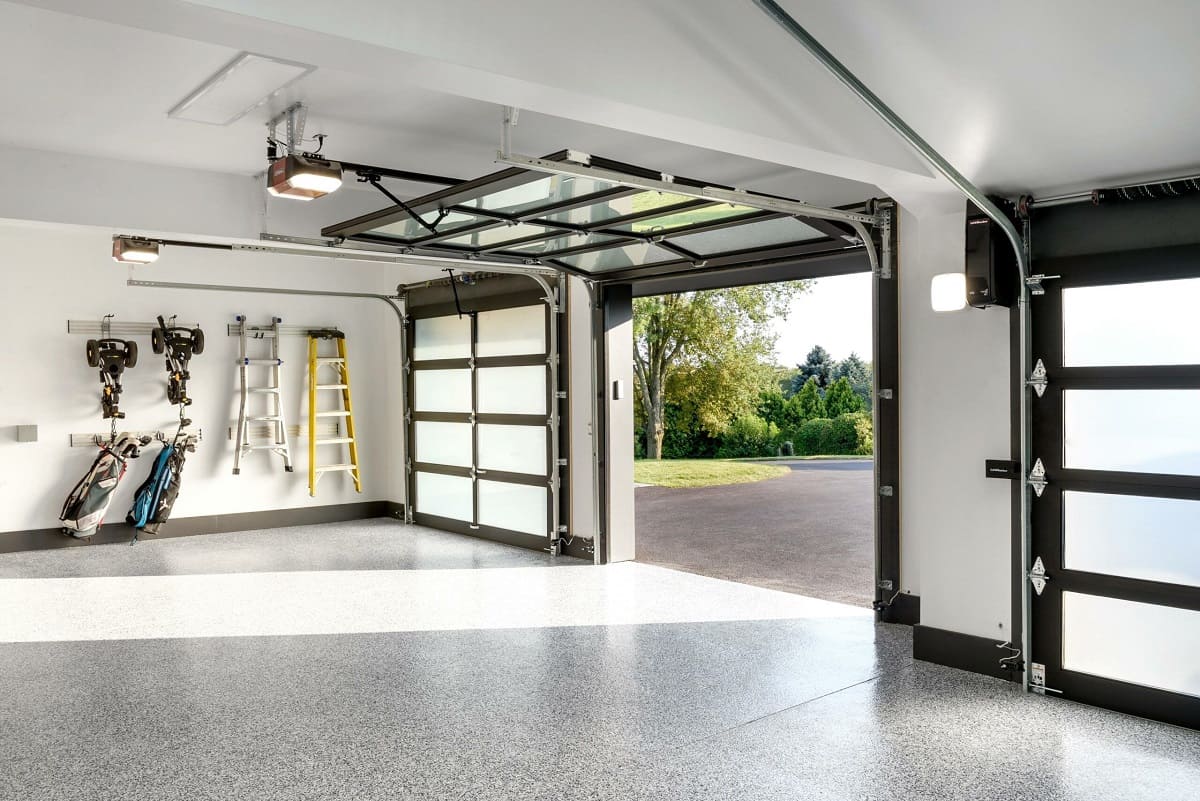

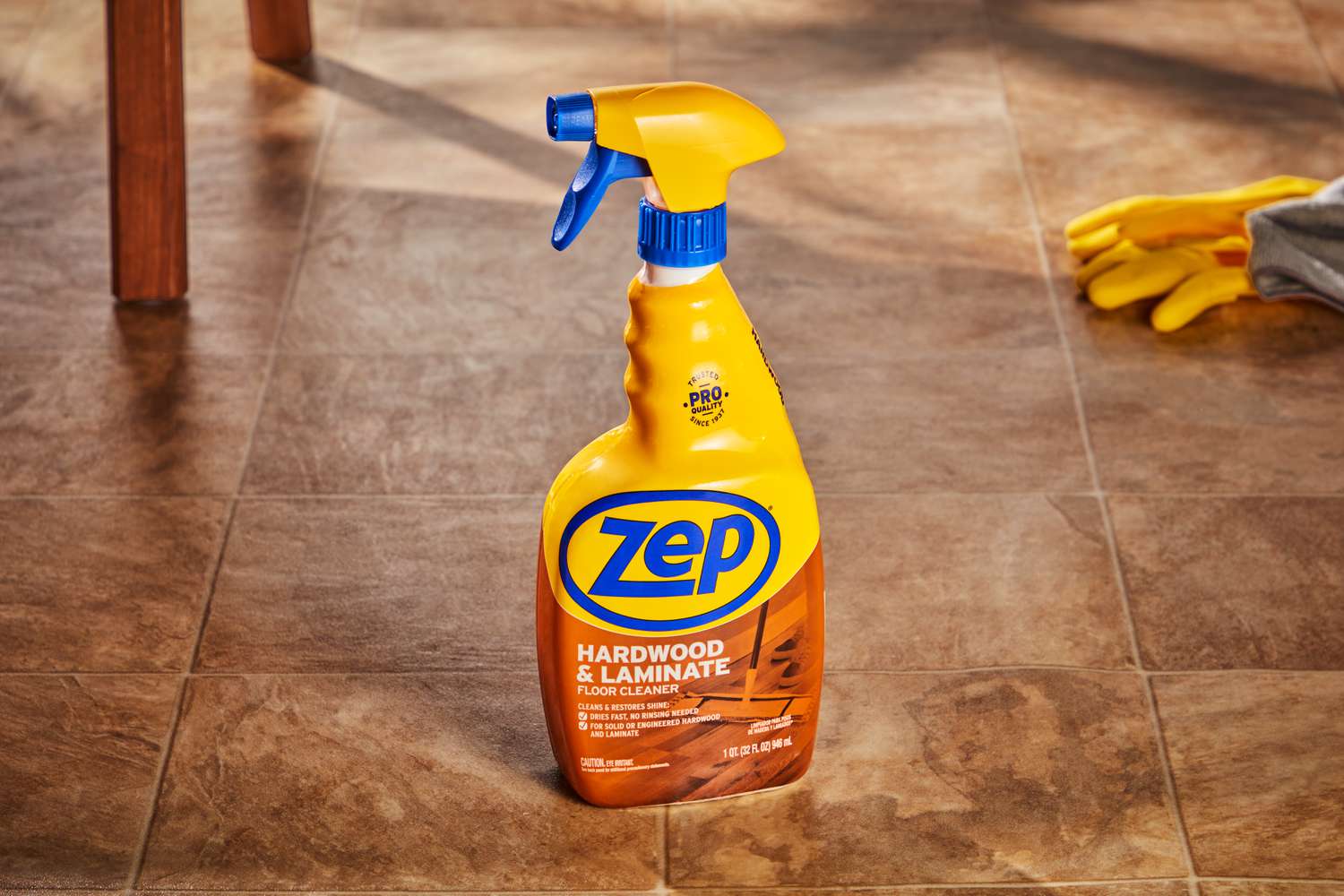

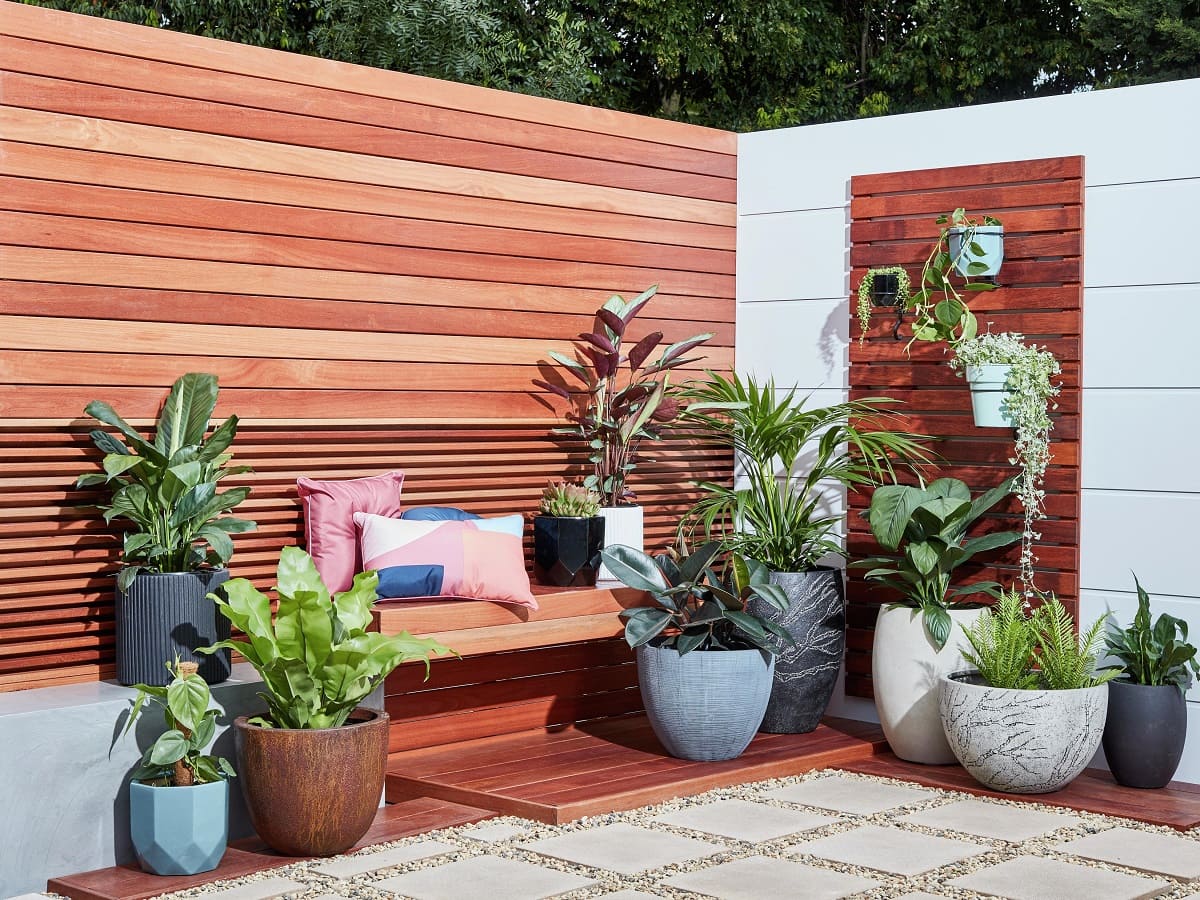
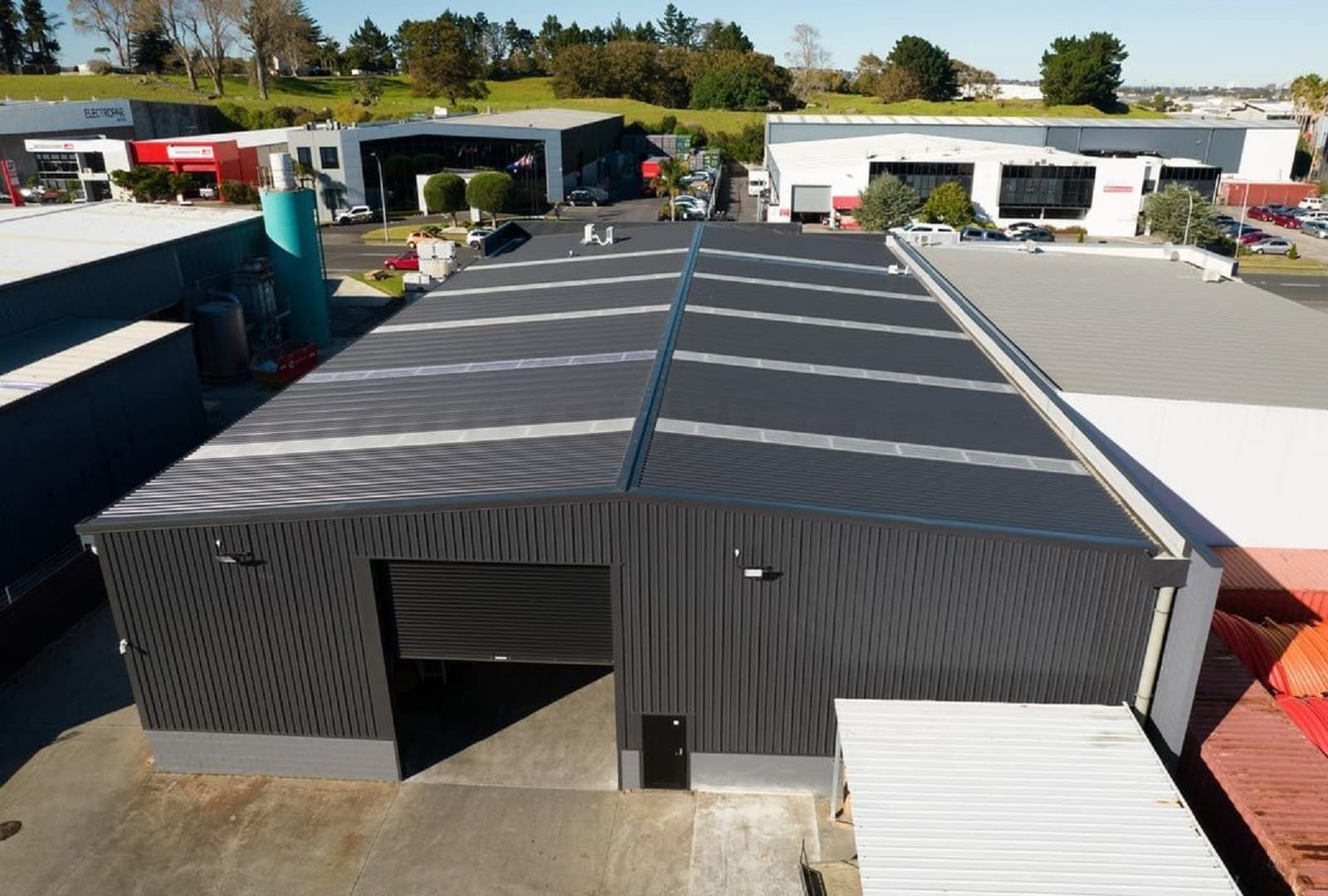
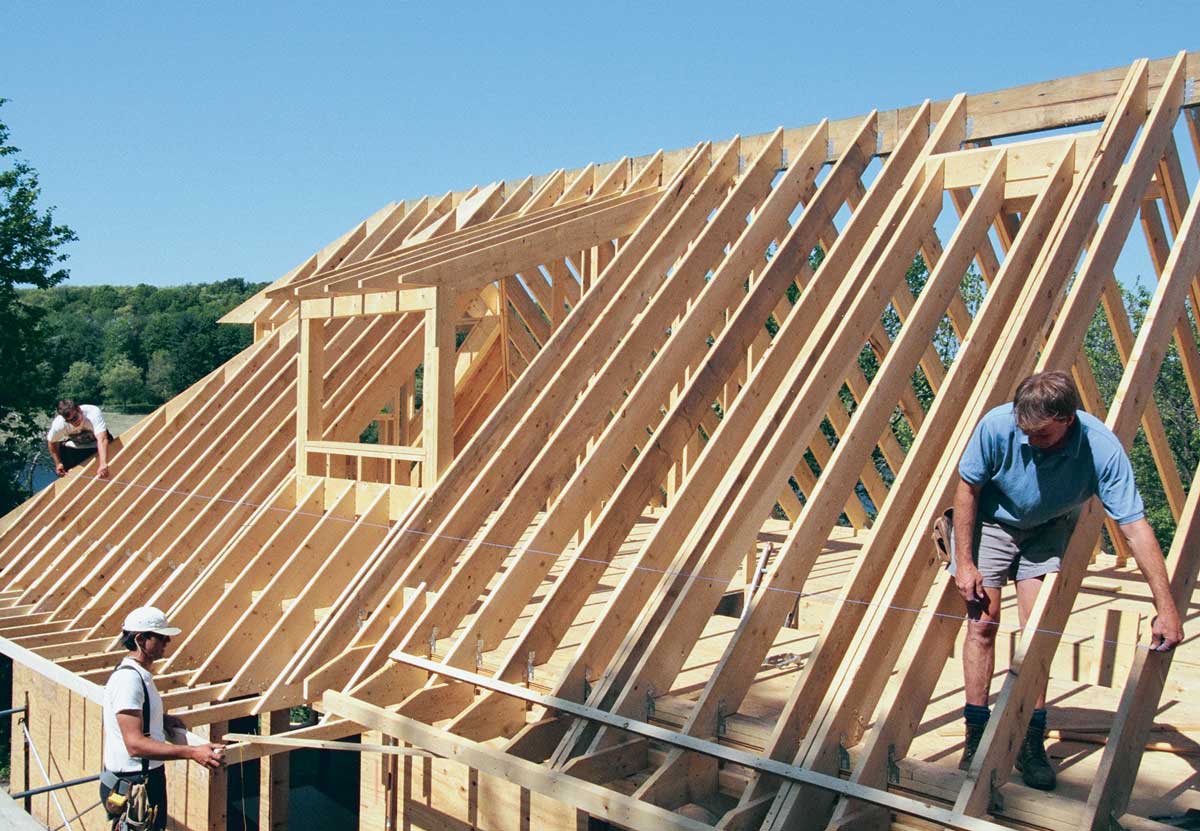
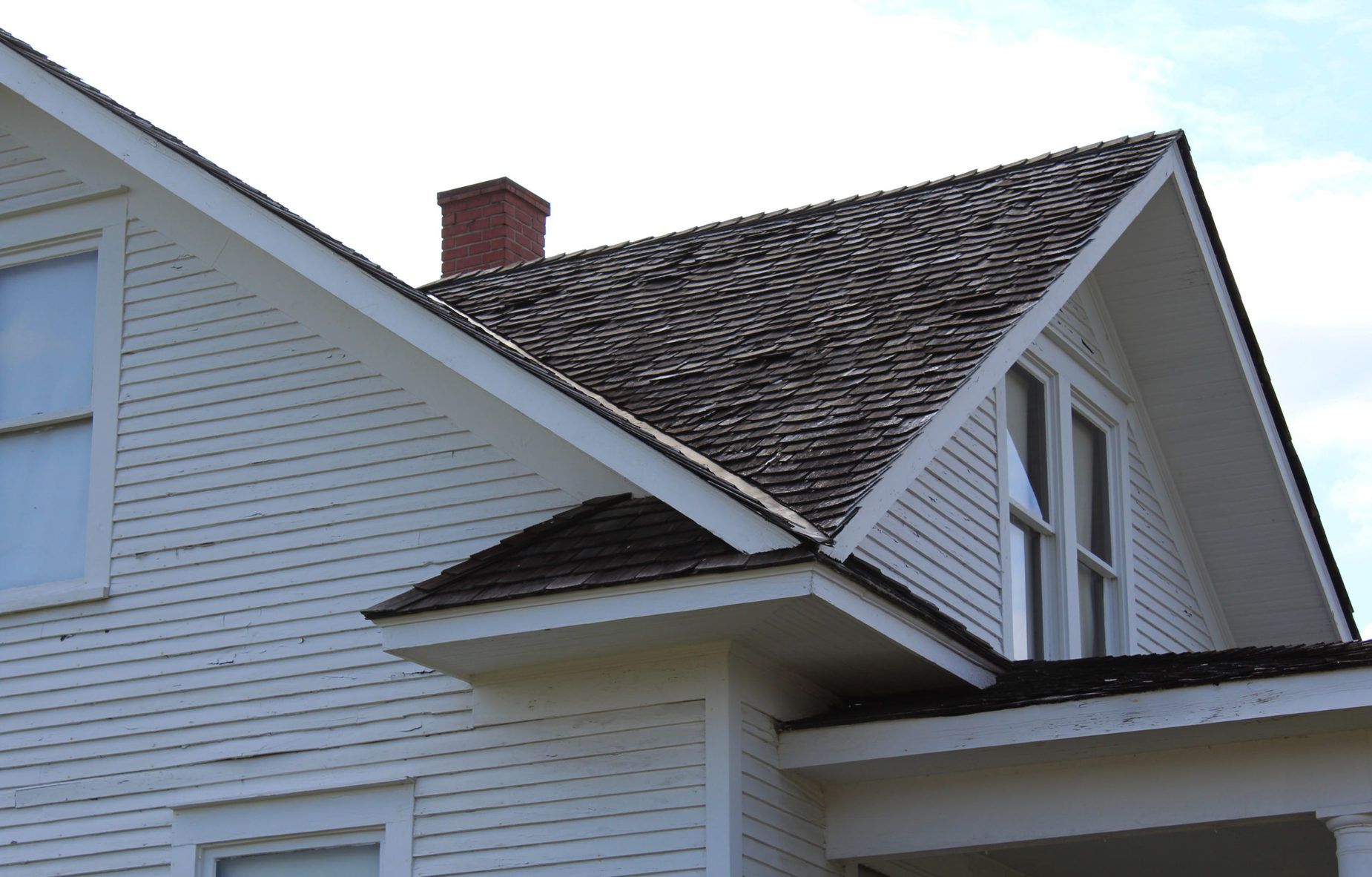
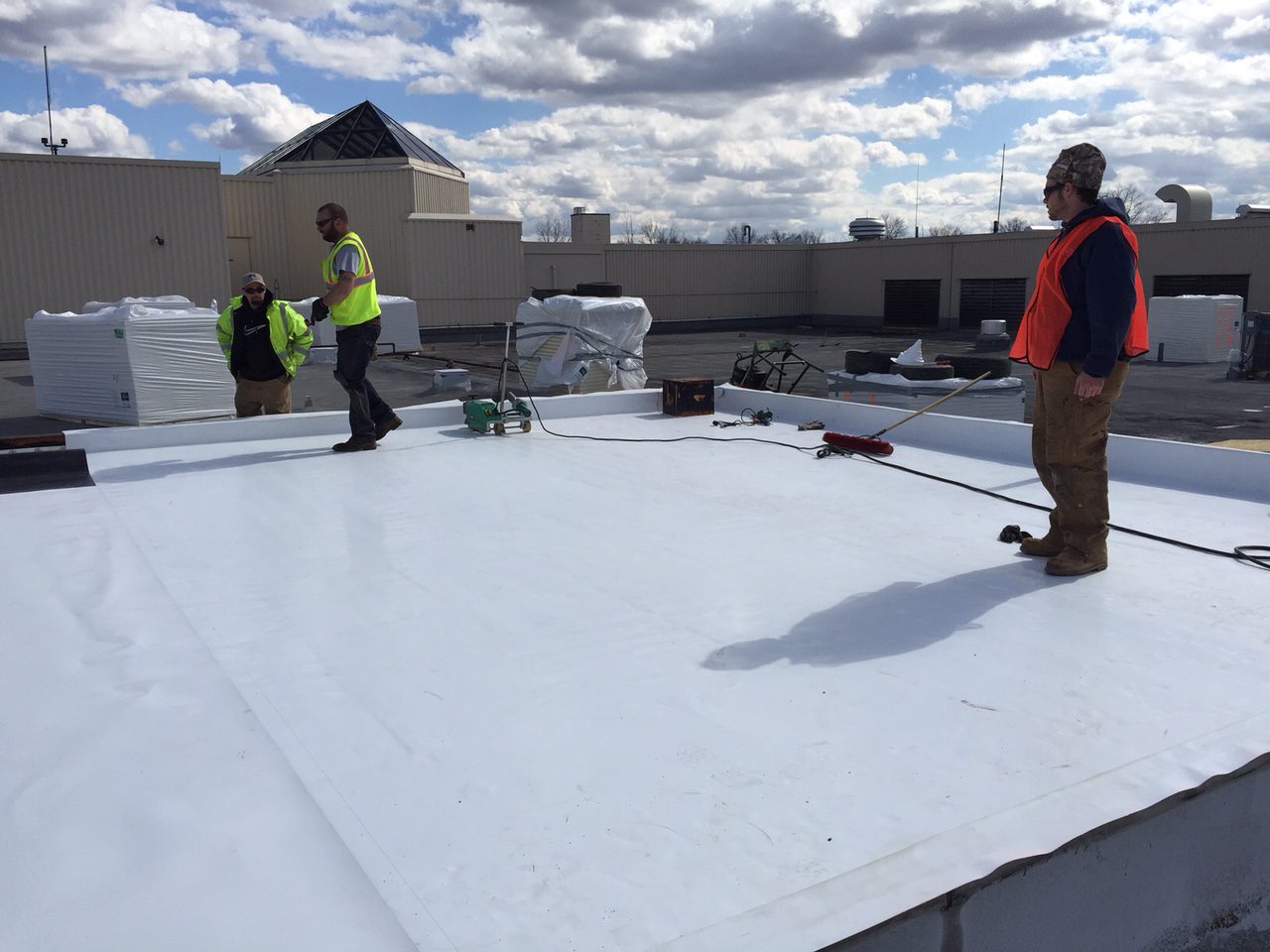

0 thoughts on “What Is The Best Material For Outdoor Signs”